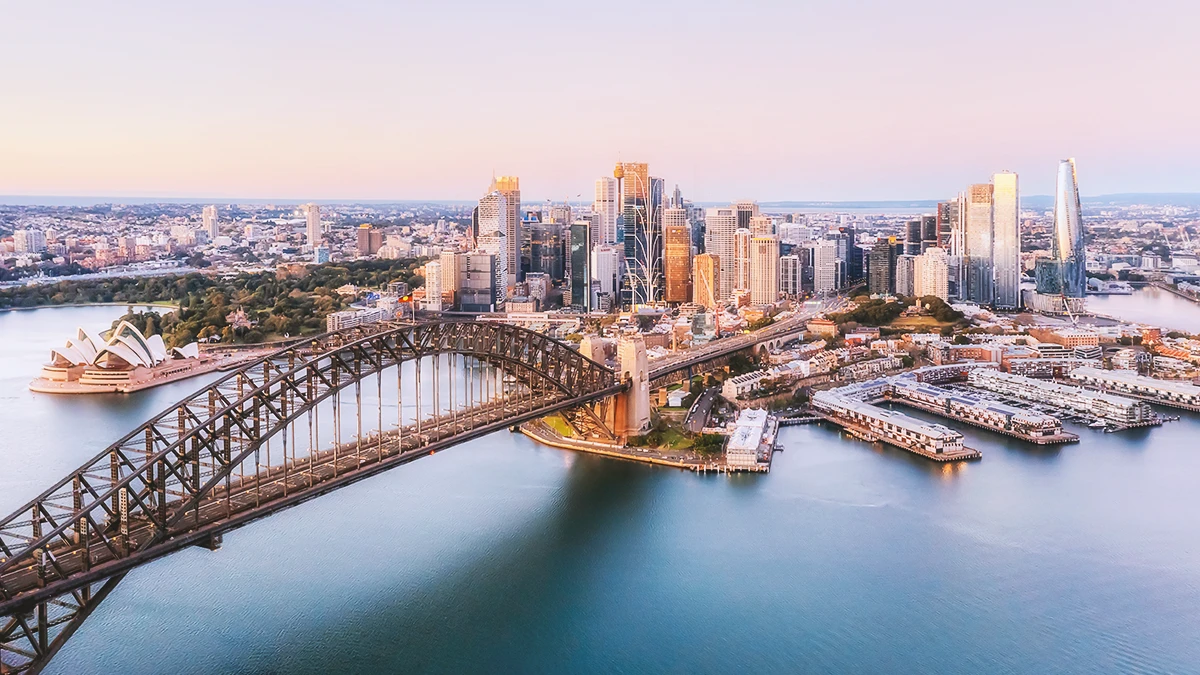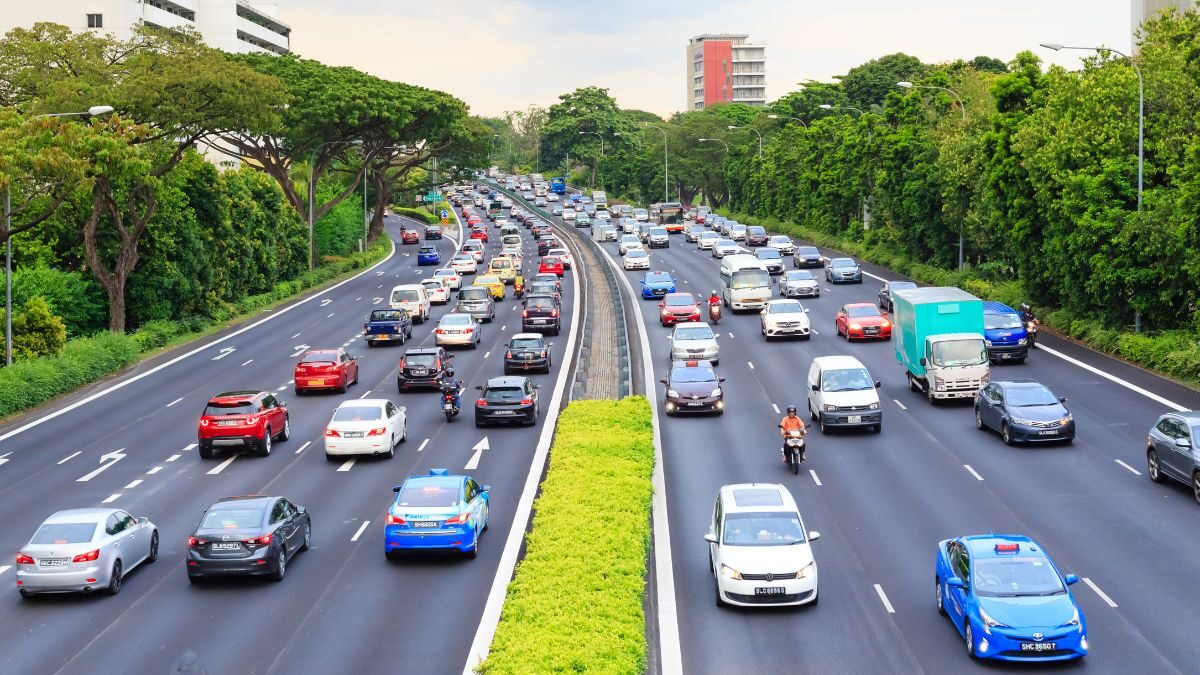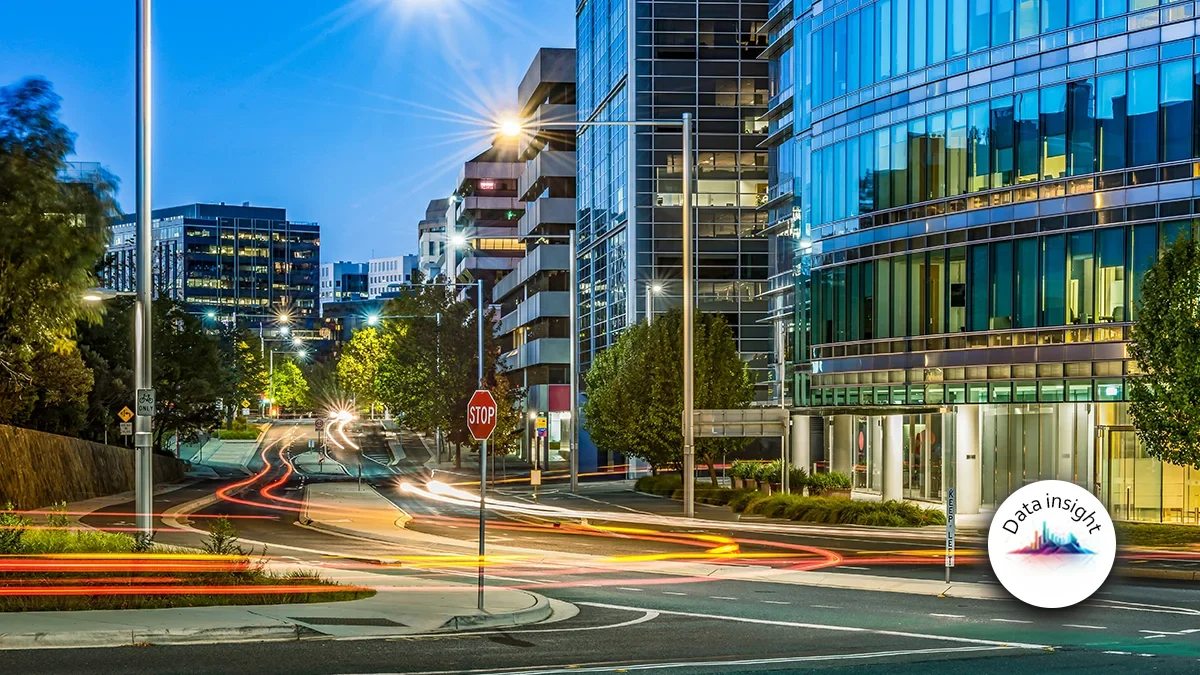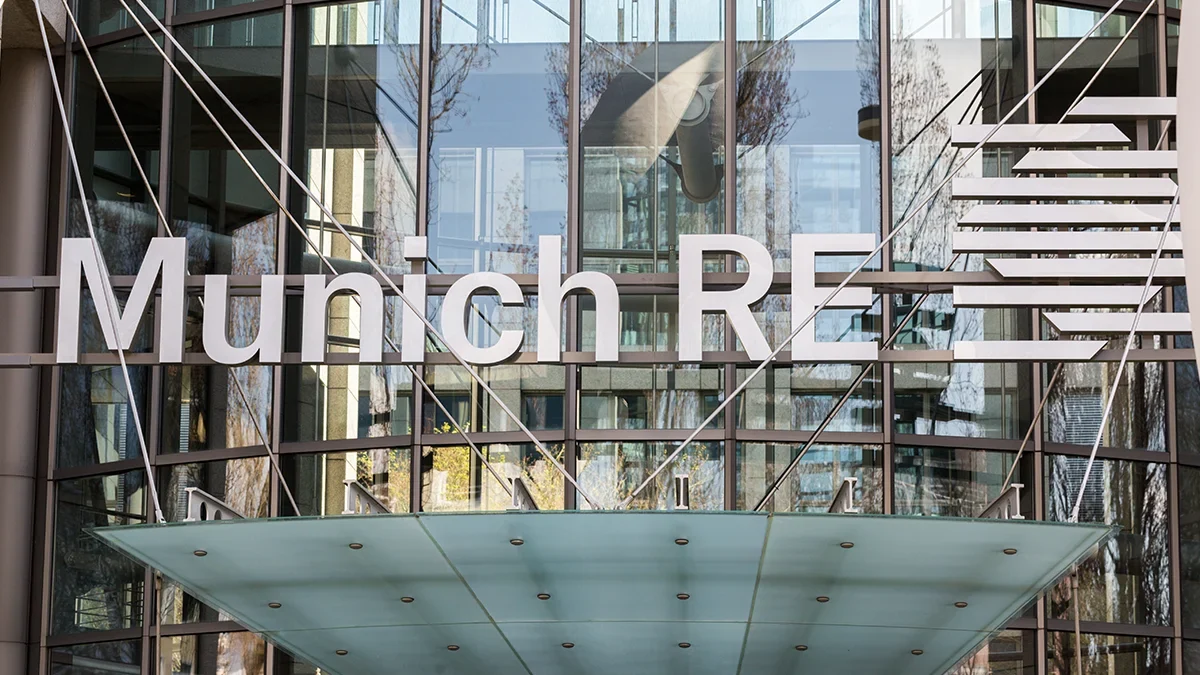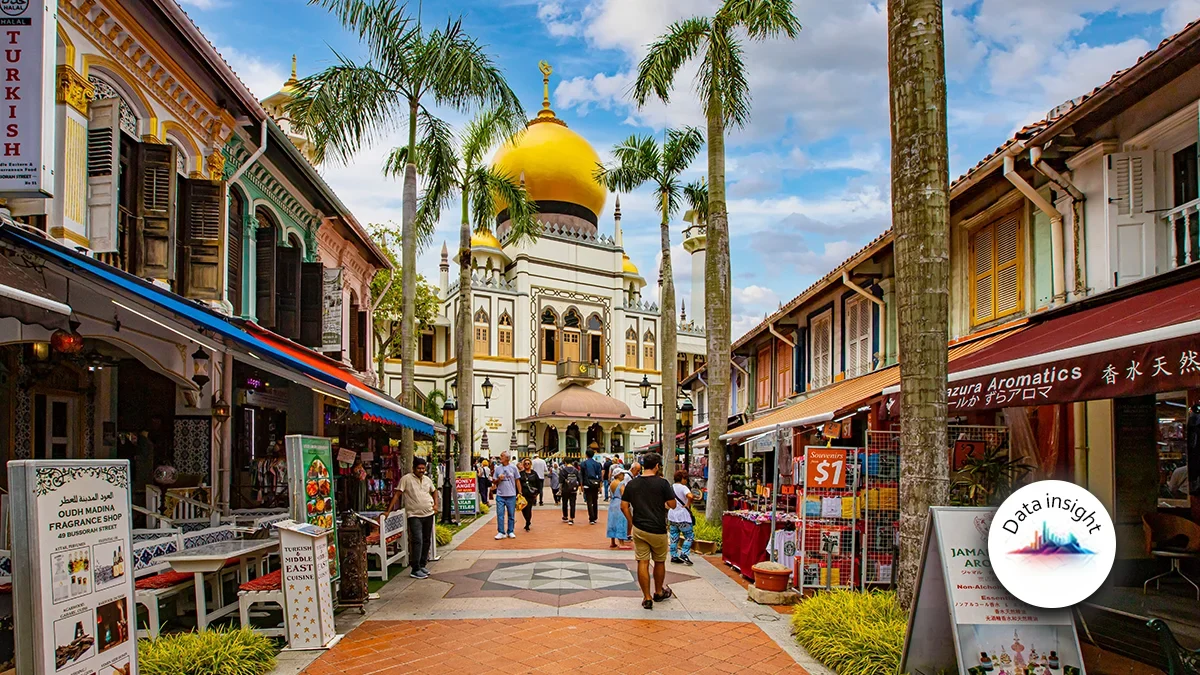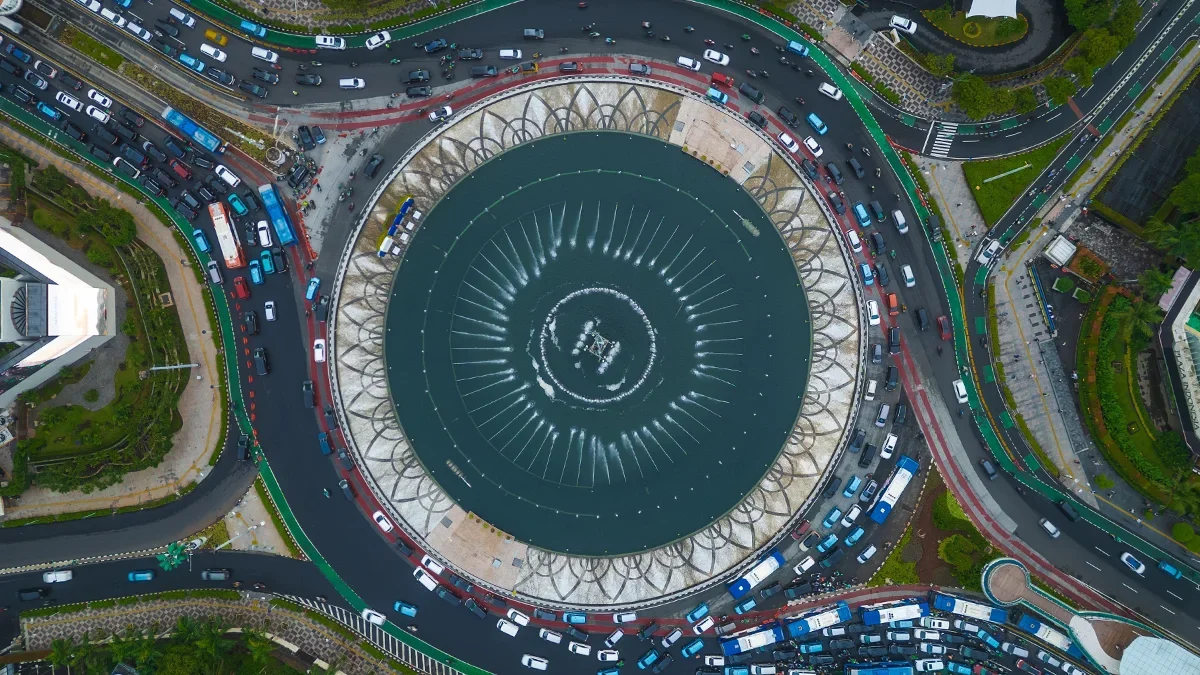(Re)in Summary
• Southeast Asia has one of the largest protection gaps for A&H in the world – and rising.
• (Re)insurers are increasingly looking at how they can tap into A&H opportunities in the region.
• Opportunities are also emerging from a number of government-sponsored opportunities.
• The informal gig economy creates difficulties for those wanting to offer insurer products to the region.
• Microinsurance may offer one solution here – and some companies are exploring how in might be used.
With a rapidly-rising middle class and a significant protection gap, Southeast Asia offers plenty of opportunities for accident and health reinsurance – but getting people to see the value in such policies remains a challenge.
Data from various sources explains why insurers have become so interested in the region. According to Swiss Re Institute, emerging Asia (which encompasses large parts of South East Asia, plus China and India) consistently scores the lowest among all regions on the Sigma Institute Resilience Index.
According to the Institute’s latest report, emerging Asia scored 36.5% in 2023, compared to the index’s average of 77.7%. This is an increase of eight percentage points over the past 10 years. By comparison, North America scored 93.9% while advanced Europe, Middle East and Africa scored 79.8%. Taken as an average, emerging markets altogether score 47%.
The methodology used by the index is designed to reflect the level of protection needed and that provided by the private sector. Taken on its own, the protection gap for emerging Asia stood at US$441bn in 2023 – the most significant shortfall on the index.
“The size of the middle class in Southeast Asia is increasing every year, so people have more money available to think about their health and the health of their families,” says Jasmine Miow, Director for Southeast Asia at Peak Re. “Insurance and reinsurance companies need to develop products that can win over these more affluent, financial-aware customers.”
Peak Re has made Southeast Asia one of its priorities for the years ahead. The reinsurer has been working on a host of new structured solutions tailored to the specific needs of clients in the region.
“These solutions often integrate traditional reinsurance mechanisms with customised features, enabling insurers to manage unique challenges effectively. For example, multi-year solutions are a common structured solutions product, providing coverage over an extended period to stabilise costs and smooth out fluctuations in risk exposure,” says Miow.
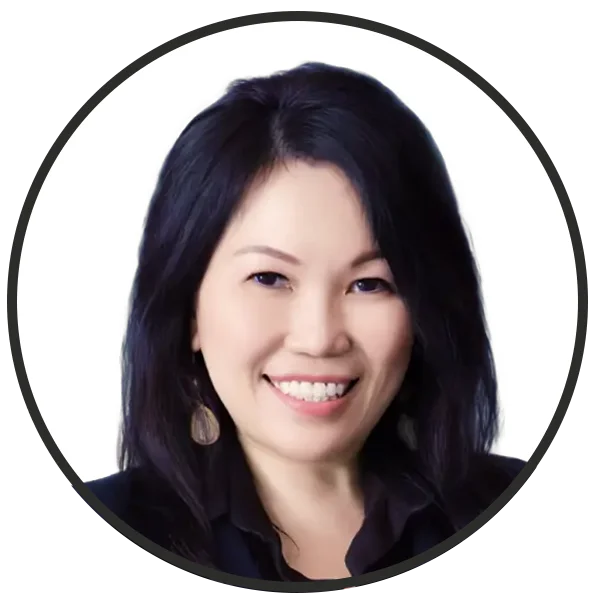
Jasmine Miow
Director for Southeast Asia at Peak ReDue to confidentiality obligations, Miow was unable to provide any specific examples of solutions already on the market, but she that they “are structured with a robust risk management framework, balancing the insurer’s appetite for risk and the reinsurance provider’s capacity, while also adhering to regulatory requirements”.
Such solutions have allowed the reinsurer to cultivate strategic partnerships with insurers in the region, allowing them “to better manage their portfolio and work towards closing the significant protection gap”, says Miow.
Recent research from Peak Re shows that far more insurance claims are made against health policies than for any other time of cover – underscoring how important in his becoming for the rising middle-class.
Nexus Underwriting also sees significant opportunities for accident and health in Southeast Asia. The specialist Managing General Agent is targeting approximately 20% growth in the sector across Asia, with Southeast Asia being a core component of this.
“From a reinsurance perspective there are significant opportunities [in Southeast Asia] to provide catastrophe coverage for insurance companies as their portfolios grow, as the average sums insured for any one person gradually rises and A&H product penetration increases,” says Peter Slot, Nexus’ Managing Director for Accident and Health.
He adds that reinsurance opportunities also arise from a number of government-sponsored programs that are underwritten by local insurance companies. This covers things such as providing cover related to visitors, visa holders and other inbound travellers to particular countries.

Peter Slot
Managing Director for Accident and Health at Nexus“Operating in Southeast Asia is all about finding the right people to deal with, forging lasting relationships and understanding what the particular needs are,” says Slot.
Vietnam and Indonesia are two countries in Southeast Asia where Nexus is starting to see particular demand for reinsurance support.
“Indonesia has a very large population with a relatively low insurance penetration for accident and health products. That’s not going to be the case forever,” says Slot. “Programmes in Vietnam tend to be quite small at the moment, so I would be looking at the country as a portfolio on its own, rather than program-by-program.”
The gig economy
The informal economy, whereby workers and businesses operate outside formal regulatory frameworks, presents significant challenges for insurance coverage in Southeast Asia.
“Insurance products don’t generally provide very well for the gig economy,” says Slot. “I think this is one of the reasons why penetration is rising quite slowly in Southeast Asia, because many of the products out there are not necessarily geared towards people who might have two, three or more different sources of income – and not just working regular nine-to-five.”
The International Labour Organization estimates that over 240 million people are engaged in informal employment in Southeast Asia. This equates to more than 70% of the workforce aged 15 and older.
Peak Re’s Miow says that without formal employment records or financial documentation it becomes difficult to accurately assess risk and price policies effectively.
“These individuals typically do not benefit from essential social insurance programs such as healthcare, maternity benefits, unemployment assistance, and pensions. Informal workers often rely on small-scale, unregistered operations, leaving them economically exposed and without a safety net,” says Miow.
She adds that (re)insurance products for Southeast Asia need to be able to take account of this expansive informal sector, “while maintaining commercial viability, contributing to broader goals of financial inclusion and support for vulnerable populations”.
Jasmine Miow
Director for Southeast Asia at Peak ReMicroinsurance, which offers smaller coverage amounts with premiums set at more affordable levels, could potentially help here. Peak Re is currently exploring partnerships with microinsurers in the region, but Miow says that she is unable to share further details at this stage.
“The key to profitability in microinsurance lies in leveraging efficient distribution networks, reducing operational costs through technology, and tailoring products to meet the specific needs of underserved communities. By focusing on commercial viability, we aim to build partnerships that balance social impact with sustainable profitability,” she says.







